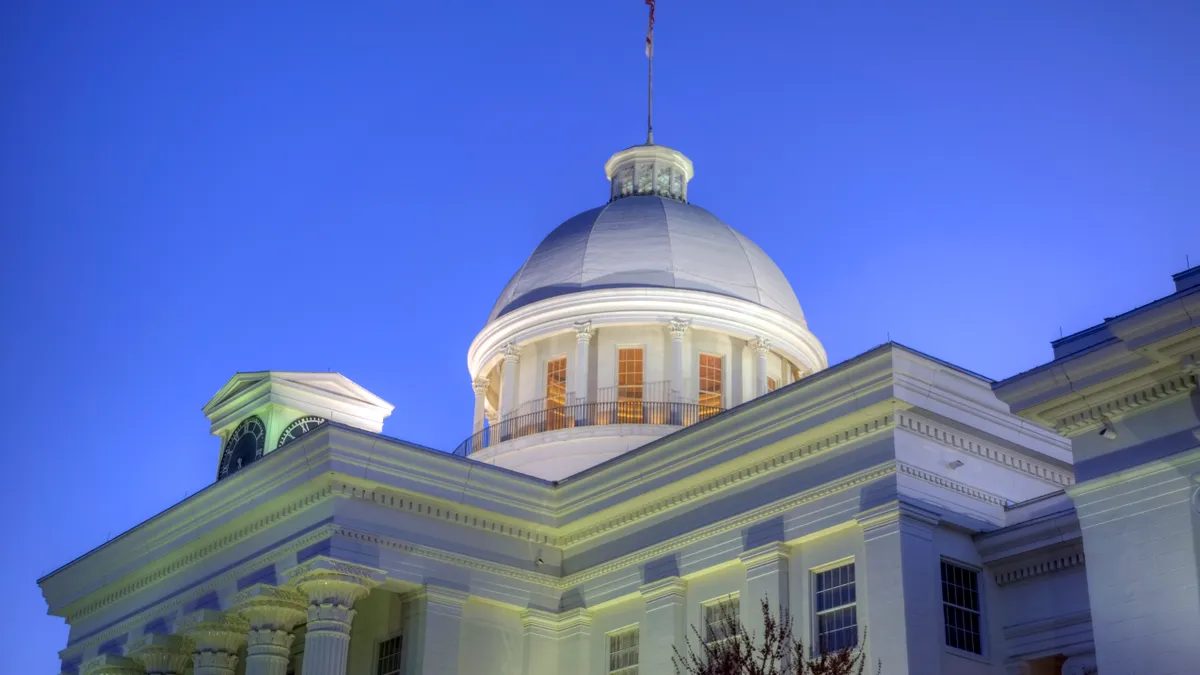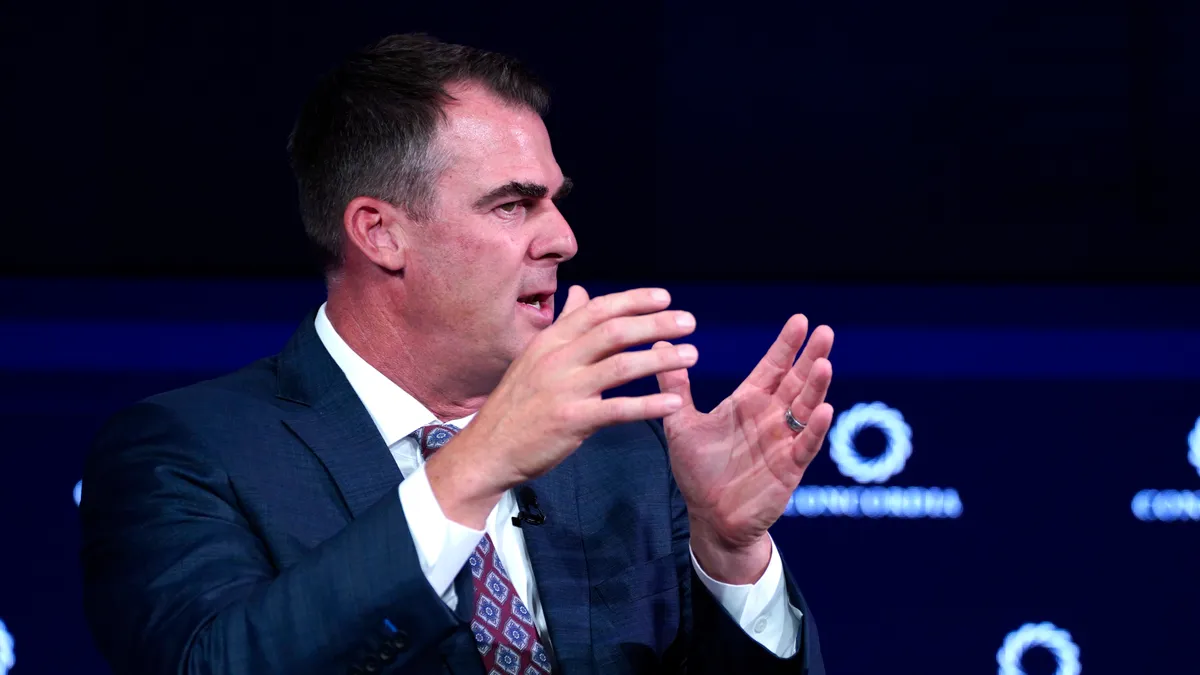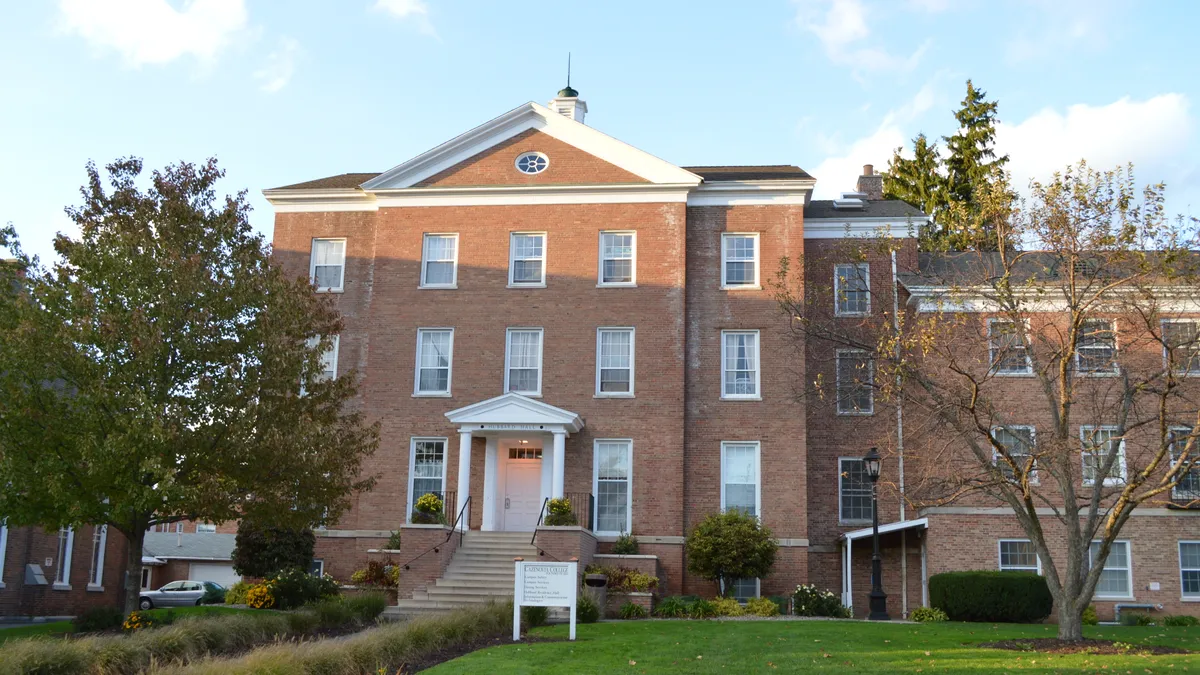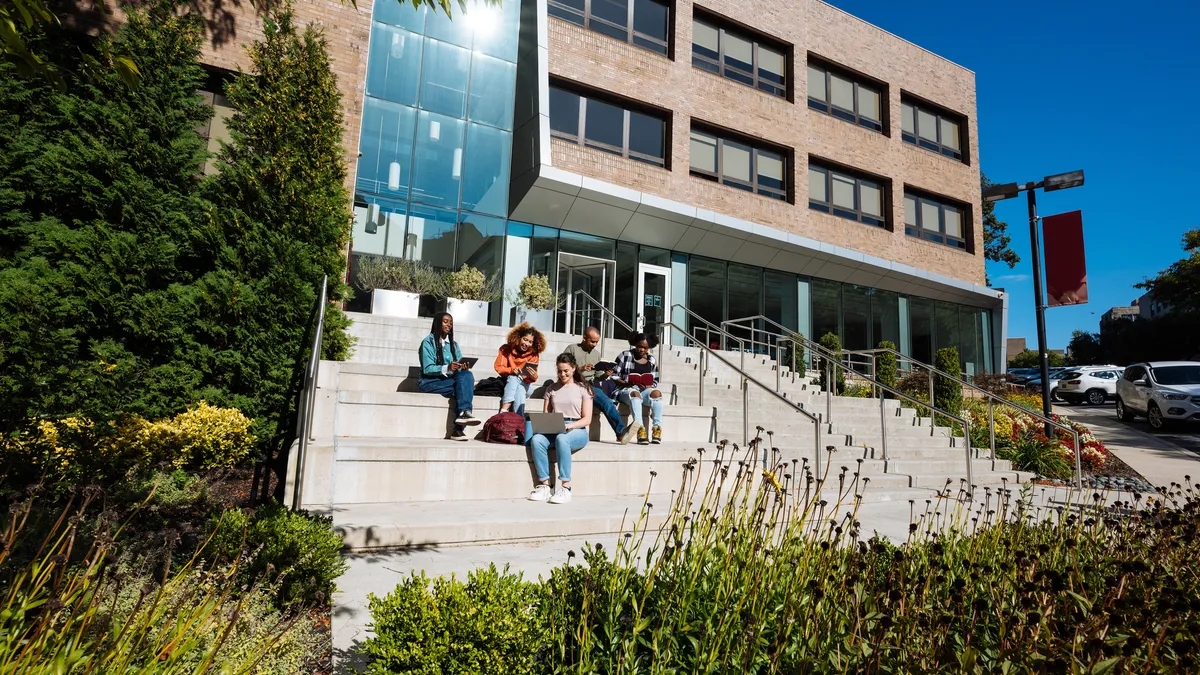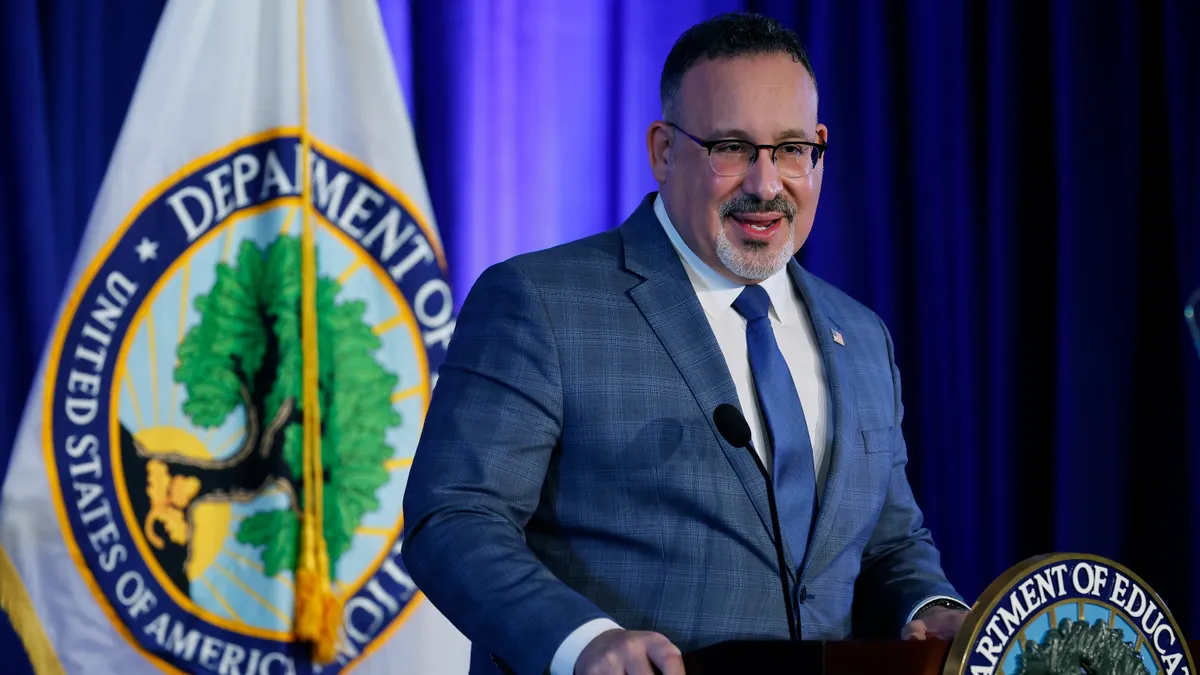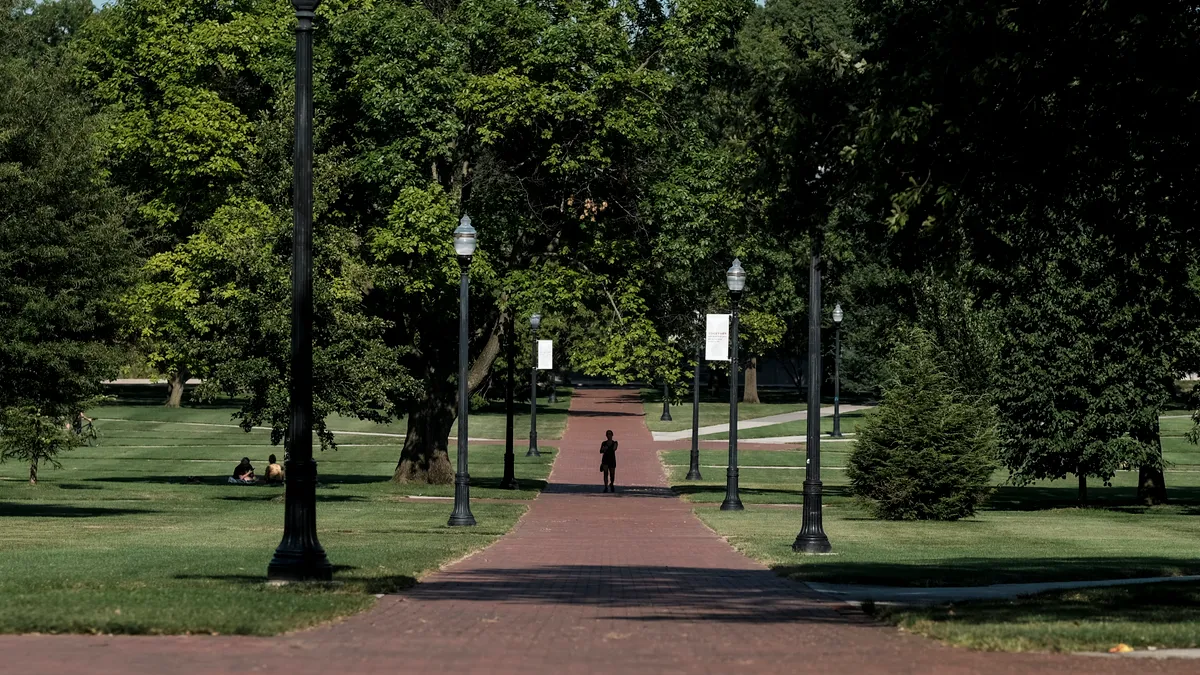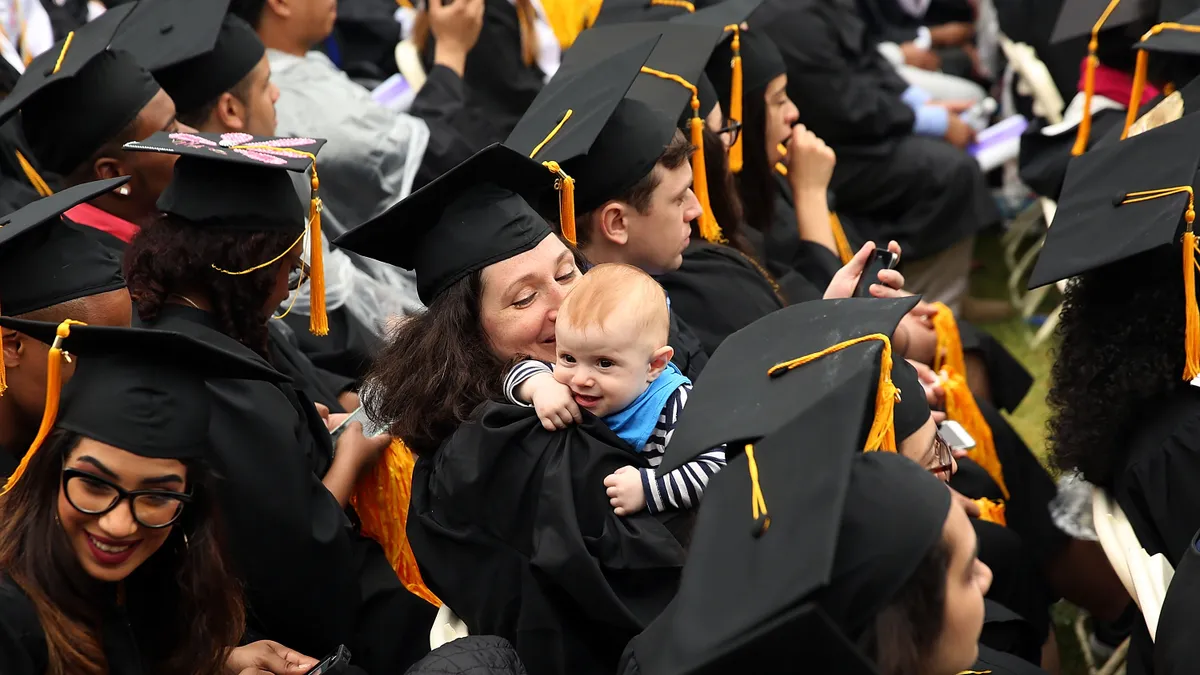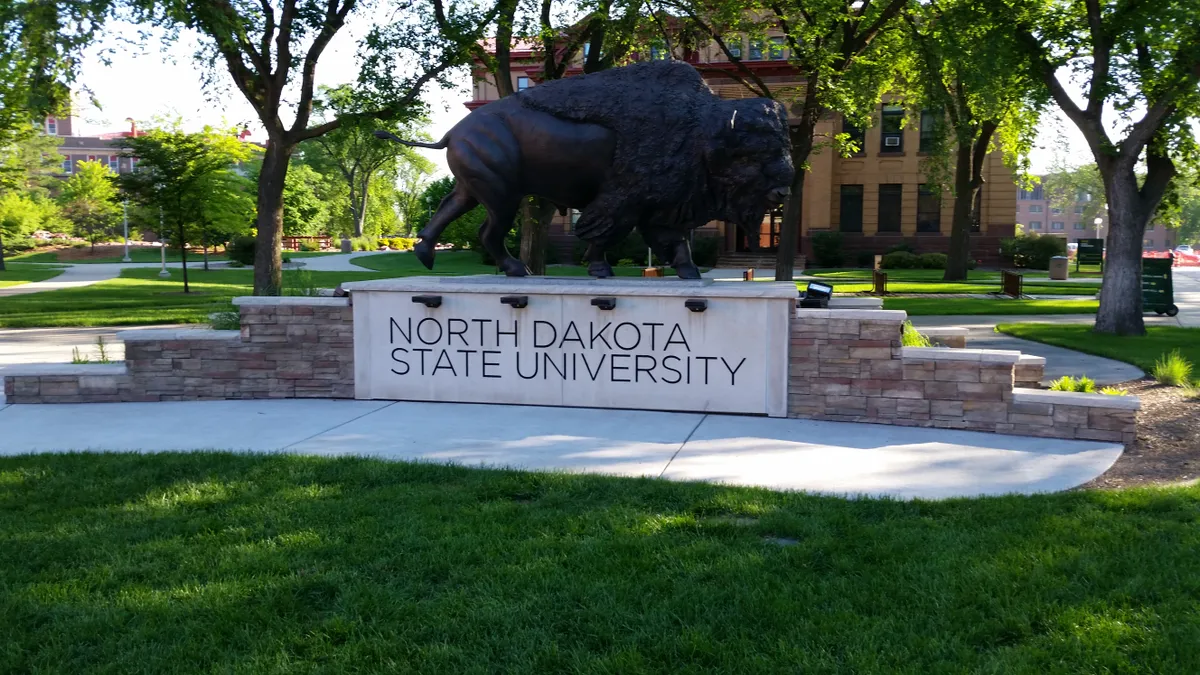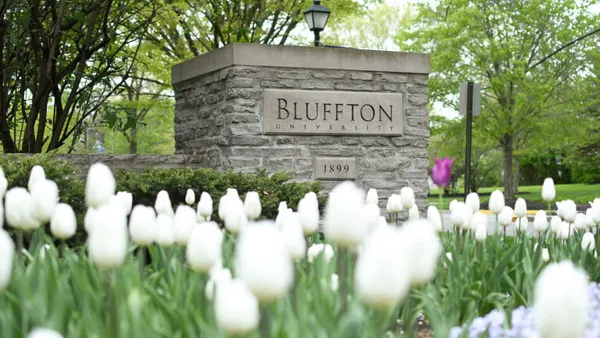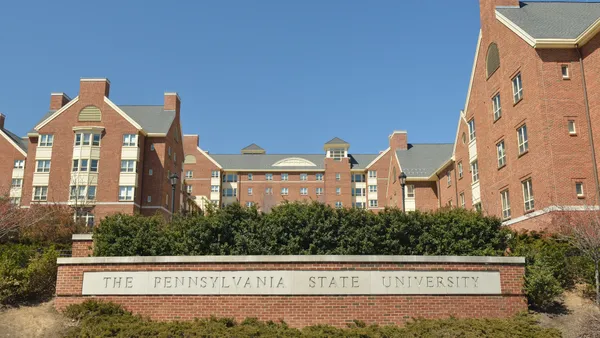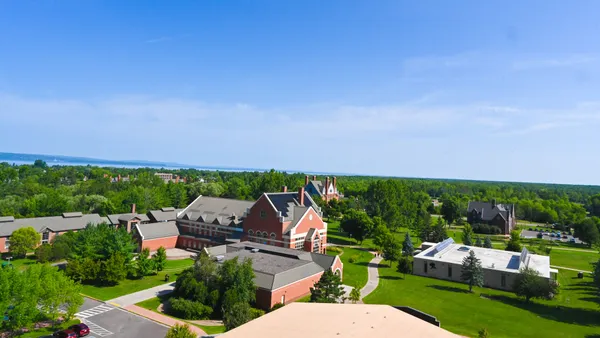Ricardo Azziz has held numerous executive positions in higher education and led the merger that resulted in Georgia Regents University, now Augusta University. He is principal at Strategic Partnerships in Higher Education Consulting Group.
He writes the regular Merger Watch opinion series on corporate restructuring in higher education.
Cabrini University is a Roman Catholic institution in Radnor, Pennsylvania, that will close next year after its spring term, with Villanova University acquiring its campus. An example of too little, too late, Cabrini leaders had sought to partner or merge with another institution when it was already heavily indebted. It had also lost around half of its student body in fall 2021 compared to a decade prior.
Much hand-wringing has ensued about the plight of faith-based higher education, although the reality is much less grim. In fact, faith-based higher education seems to be doing better than the sector in general.
The number of institutional closures in higher education has increased over the past decade. Between fall 2010 and fall 2020, enrollment in degree-granting, Title IV-eligible colleges fell by over 2 million students, representing a 9.7% decrease. Enrollment declined 8.4% at public institutions and 49.4% at for-profit institutions. Meanwhile, it increased by 270,000 students, or 13.6%, among private nonprofit institutions.
Religiously affiliated institutions have seen relatively small enrollment losses
In comparison, religiously affiliated colleges experienced a modest decrease in total enrollment, of 1.4%. During this decade the number of religiously affiliated institutions declined only slightly, falling 3.3% compared to 14.4% for the entire higher education sector.
Number of religiously affiliated institutions have declined at a lower rate
But before the faith-based sector celebrates their resilience in these trying times, we should recognize that the stress and pain are unevenly distributed among these schools and denominations.
Let’s consider denominations with at least 20,000 students enrolled in affiliated schools in 2010. Of those, institutions affiliated with the Church of Jesus Christ of Latter-day Saints, Southern Baptist, Churches of Christ, Lutheran Church–Missouri Synod and Church of the Nazarene denominations, as well as religiously affiliated institutions that defined themselves as “undenominational” or “interdenominational,” gained students during the decade.
The gains were highest for institutions affiliated with the Latter-day Saints, as well as undenominational and interdenominational colleges.
We should note that the growth in enrollment is not only observed in institutions affiliated with the Christian faith. Colleges and universities affiliated with the Jewish faith also gained enrollment during this decade, increasing 25% from a total of 12,755 students in 2010 to 15,976 in 2020.
Alternatively, other denominations experienced enrollment losses. By total number of students enrolled in their affiliated institutions, the Roman Catholic, United Methodist, and Baptist denominations saw the largest declines. Understanding the reasons for the differences in enrollment trends will be helpful in developing strategies to address the ongoing recruitment challenges, for this sector and beyond.
Enrollment changes vary widely among denominations
Why have enrollment trends played out so differently for religiously affiliated institutions over the past decade?
A 2023 survey by the Public Religion Research Institute suggests Americans are becoming increasingly more likely to be religiously unaffiliated. While we may want to ascribe the enrollment challenges of these colleges to this decline in religious participation, that would be an oversimplification. Their enrollment losses have been relatively small.
However, the survey findings may explain the significant growth in enrollment experienced by undenominational or interdenominational religious colleges. But while we may want to ascribe the trend to disaffiliate with organized religion as the result of its increasing polarization along racial and political lines, political polarization may actually be driving enrollment to conservative Christian colleges.
Enrollment also grew from 2010 to 2020 by an impressive 60% at institutions affiliated with the Latter-day Saints. The significant increase can be ascribed, at least in part, to the religion expressly valuing higher education. However, other religions also value education.
A more likely cause of their success is the fact that enrollment for this denomination is primarily driven by two very large (over 30,000 students) institutions, a sector that, as a whole, has been growing. Furthermore, these colleges, Brigham Young University and Brigham Young University-Idaho, are closely aligned, presumably reducing inter-institutional cannibalism.
In comparison, in the fall of 2020, there were 223 Roman Catholic, 87 United Methodist and 60 Baptist affiliated colleges and universities, many of which have very small student bodies.
We may want to chalk up the decrease in enrollment at Roman Catholic-affiliated colleges to the turmoil resulting from the allegations of sexual abuse. However, more likely causes are the cost of tuition and the declining number of Catholic elementary and secondary schools, important feeders to affiliated colleges and universities.
Another important factor is likely the smaller size of many of these institutions. Most larger Catholic universities, including Georgetown University, the University of Notre Dame and Boston College, have experienced increasing enrollments in tandem with national trends.
Enrollment losses at institutions affiliated with the United Methodist and Baptist institutions can be partly attributed to the declining church membership for both denominations, and the schisms occurring within each.
However, again these are oversimplifications, since for many faith-based institutions the decrease in denomination-affiliated enrollees is actually being offset by an increase in the number of nonaffiliated students. Likely more important, again, is the smaller size of many religiously affiliated schools.
In conclusion, we should recognize that not all faith-based or religiously affiliated institutions are under the same enrollment, and hence financial, pressures.
The particular drivers for the enrollment challenges of individual institutions of higher education, including those that are faith-based, should be carefully examined and understood, and the strategies and tactics to address these challenges individualized.
Finally, institutional leaders should look well ahead in their strategic and scenario planning, fully understanding that many tactical options — such as finding a strategic or merger partner — will become increasingly difficult as the institution’s financial and enrollment deficits become more severe.







